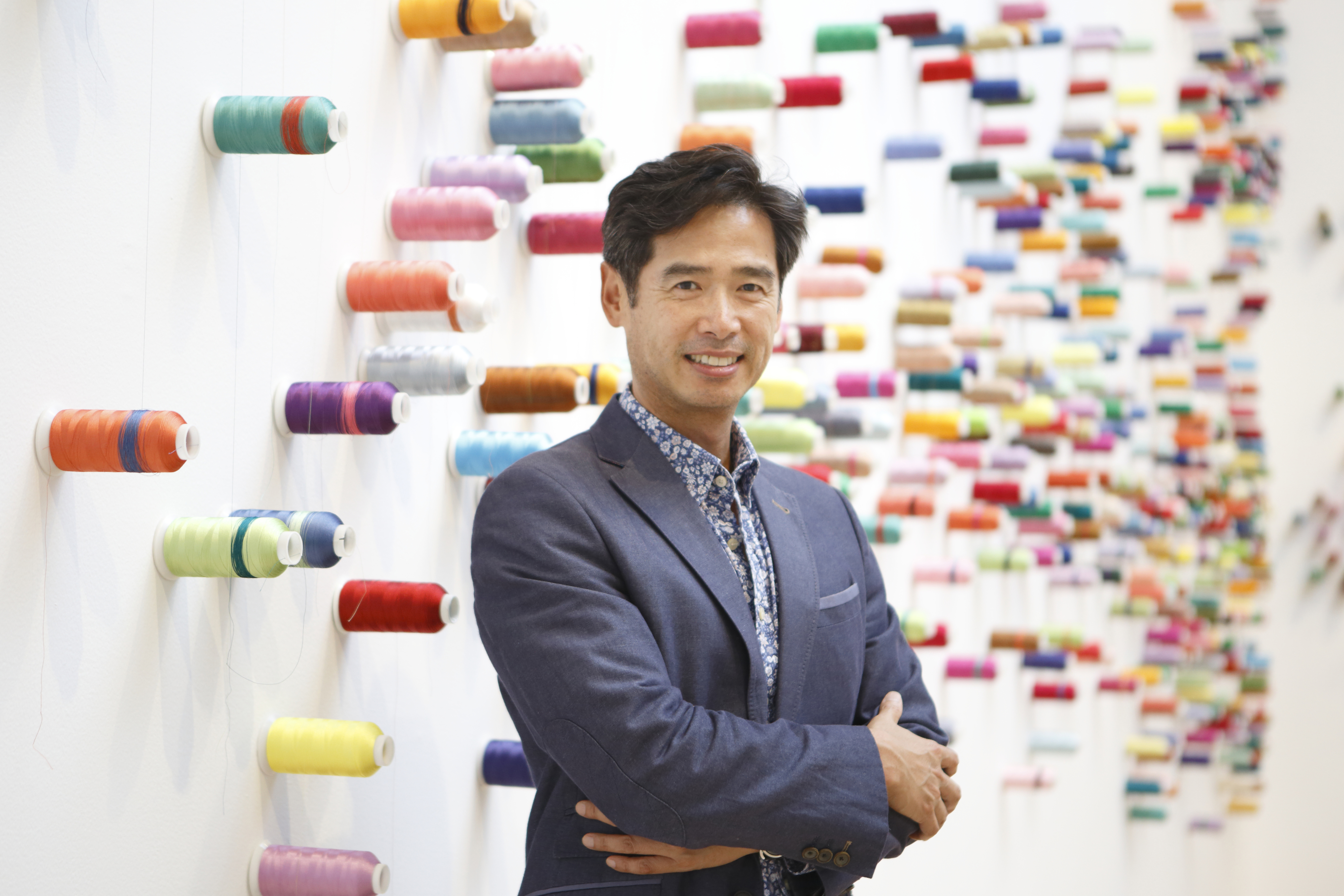The secret to a good public relations interview? Switch on the voice recorder and ask questions — that is all you need to know. Except, of course, it's not. Usually the interviewee has a particular image to maintain and the interviewer is looking for something that hasn't already been said — incompatible objectives.
However, as Lee Mingwei's art is more about the practice of daily life than the creation of objects, an interview is, you would hope, an occasion to make a human connection. In this respect one of his only "vices," by his own admission, is that an interviewer may walk out of the room having divulged as much about themselves as the artist. Thank goodness, then, that while he loves to find out about other people, he does not like gossip, because a good third of our hour together is taken up with nearly everyone else in the room, myself included, happily divulging our own heinous secrets.
Mingwei himself, by contrast, is definitely someone you could take home and introduce to your mother. He is clean-shaven and doesn't drink, smoke, take drugs or even stay up late. Staff at the Mori Art Museum in Roppongi, Tokyo, where his work is currently on display, have noticed the unusual phenomenon of people wanting to give him presents, especially food, and it's not hard to see why. Some people give you energy when you meet them, and some take it away. Not only is Lee of the former, but he's made it his art practice. He is the antithesis of the romantic tortured artist, unlike his fellow MFA students at Yale, who, he says, would drift into the studio after a late night of Sturm und Drang to find him beaming with delight from an early-morning swim. When he was younger his mother was worried he would become a monk.


















With your current subscription plan you can comment on stories. However, before writing your first comment, please create a display name in the Profile section of your subscriber account page.